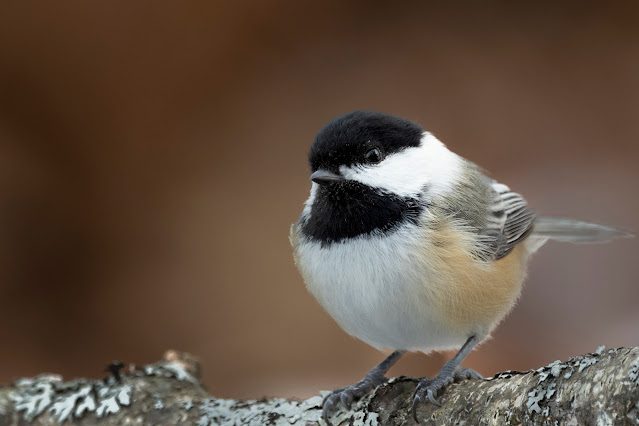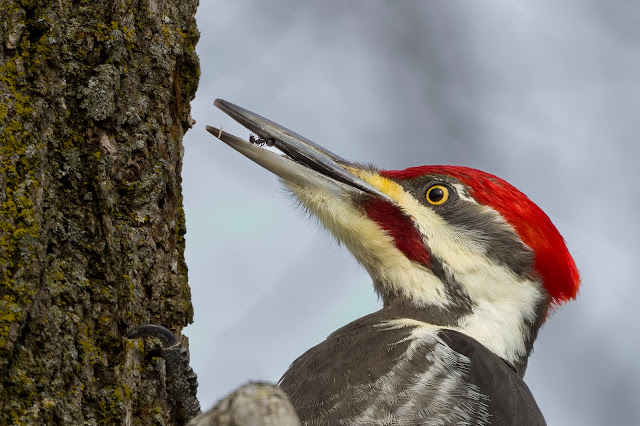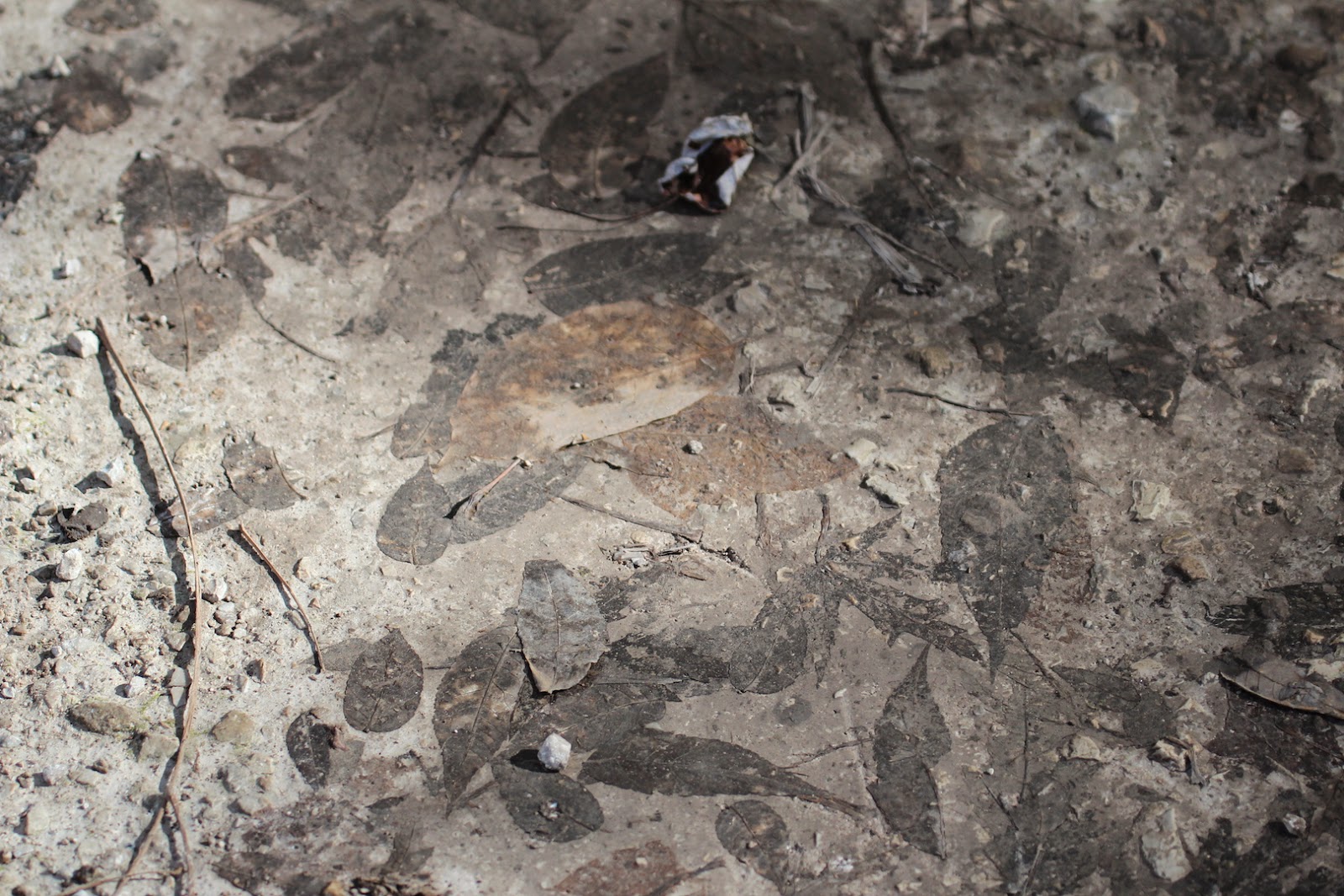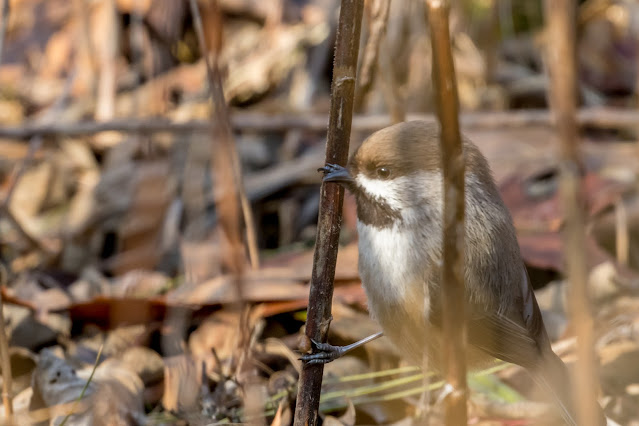The peanut thief.

A tree rat with a furry tail and a good publicist, but he's still a peanut thief. Rondeau Provincial Park, Jan 28, 2023. Sciurus carolinensis Eastern grey squirrels Sciurus carolinensis commonly occur in two colour phases, grey and black, which leads people to think—mistakenly—that there are two different species. Black is often the dominant colour in Ontario and Quebec, toward the northern limits of the species’ range. Farther south the black phase is less common and is not found at all in the southern United States. This may indicate that the gene responsible for black coloration has some cold-weather adaptation associated with it.




















